There is a chance that you have seen JPEG2000 as a file format somewhere, be it when you are trying to save an image from Photoshop or from any other photo editor.
But the question is, what is JPEG2000, how does it differ from regular JPEG, and crucially out of JPEG vs JPEG2000, which is best for you and your photos?
You know that most people save photos JPEG, with it being the most popular file format out there, but is it the best?
This article covers both JPEG and JPEG2000 and the differences between them. It will help you decide which one is better for you and your workflow.
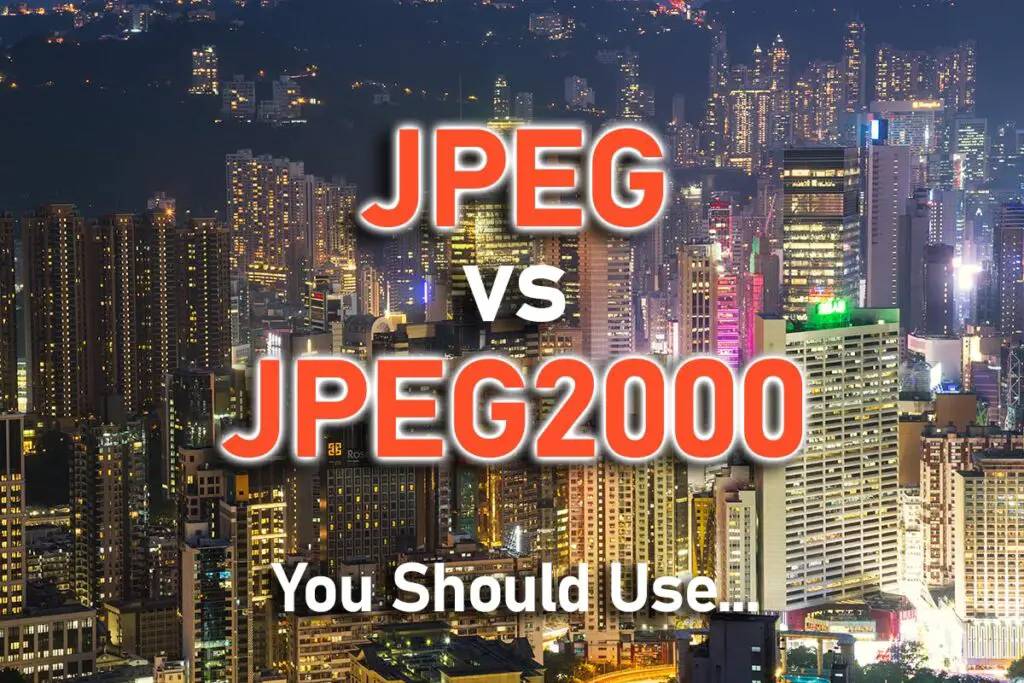
Which is Better JPEG or JPEG2000?
JPEG2000 is technically better than JPEG, as it offers 38-bits per channel, lossless compression and supports transparencies, but it is not widely supported. JPEG is very widely supported, so this makes it the better choice for web and standard use, as well as for long term photo storage.
JPEG vs JPEG2000 Quick Comparison
Both JPEG and JPEG2000 file formats have pros and cons, and both differ in certain cases. All of the differences are shown in the quick comparison table below, then we can have a look in more depth at the crucial differences between them.
| JPEG vs JPEG2000 Comparison | JPEG | JPEG2000 |
|---|---|---|
| Image Quality | Very good, but not perfect image quality. | It can have very good or perfect image quality depending on the compression method used. |
| File size | Small files. | Can have smaller files or larger files depending on the compression method used. |
| Compression | Image data is lost when saved. | It can keep all the data or lose some data when saving, depending on the compression method used. |
| Compression Method | Always lossy. | You can choose between lossless or lossy. |
| Compression Efficiency | Average compression quality. | Provides better quality with higher compression and less artifacts. |
| Maximum Bit Depth | 8 bit per channel. | Up to 38 bits per channel, great for HDR content. |
| Transparency Support | No. | Yes. |
| Saving Time | Quick to save. | Saving can take longer depending on settings and requires more CPU and Memory resources. |
| Loading Time | Quick to load. | Loading can take longer depending on settings and requires more CPU and Memory resources. |
| Support | Widespread support. JPEG is the golden standard. | Very limited support. Mostly used in Cinema and Hospital Equipment. |
What Differences Are There Between JPEG2000 vs JPEG?
JPEG2000 is designed to be the successor of JPEG, and was created by the same group that made JPEG, the Joint Photographic Experts Group.
With the creation of JPEG 2000, the file format is improved on pretty much every front. However, by the time JPEG2000 was released, JPEG was already the industry standard, and it was completely widespread.
JPEG2000 didn’t stand a chance in competing against the already established JPEG even though it is superior on pretty much every front.
What Pros does JPEG have?
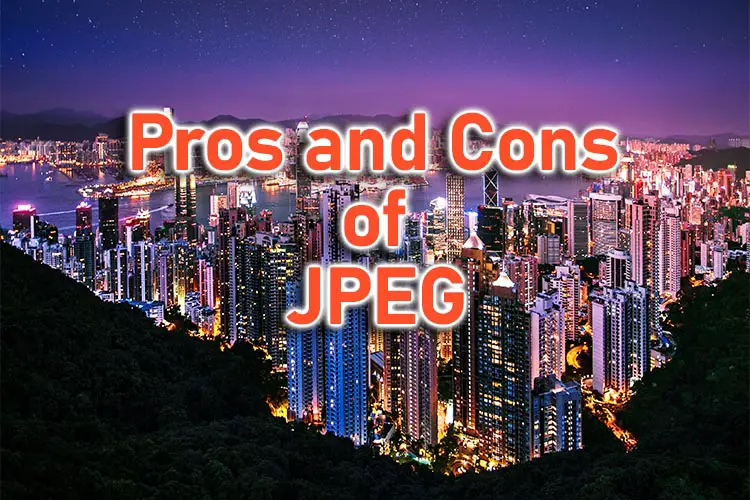
JPEG has a lot of pros, and those are probably the reason why it is still the golden standard today.
In essence, the JPEG file format is quite simple and robust. The files are relatively small, especially for the internet speeds and computing power of today, and because of that, it has widespread compatibility.
Being the standard for viewing and sending images, it is hard to replace and will probably stay the standard for the foreseeable future.
JPEG pros:
- Small file sizes.
- Widespread compatibility.
- Low resource requirement.
- Good quality to size ratio.
What Cons does JPEG have?
Most of the cons that plague JPEG comes from the fact that it is based on very old and outdated technology.
While the compression algorithms are simple, they aren’t really efficient when compared to more current ones. The compression is lossy, and that is the only option. A JPEG can’t be lossless.
Moreover, it is limited to 8 bits per channel which means it can’t handle HDR content, nor can it handle transparency.
JPEG cons:
- Lossy compression that reduces quality with each save.
- Outdated compression algorithm that is inefficient when compared to new ones.
- Limited to 8 bits per channel.
- Does not support transparency.
What Pros does JPEG2000 have?
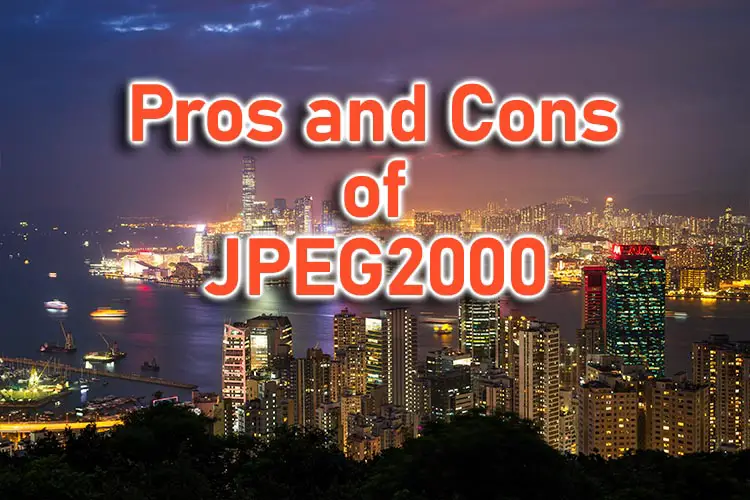
JPEG2000 in essence, is a quite robust file format that encompasses almost every quality that one might need for a digital image format.
It allows saving an image with lossless or lossy compression. The compression algorithm is far more efficient than the JPEG one producing smaller files for the same visual quality when compared to JPEG, and with less visual artifacts.
Moreover, it was future-proofed for HDR content since it can handle up to 38 bits per channel with transparency, which is frankly phenomenal.
That means JPEG2000 can have around 275 billion shades per channel, or 2,0769e+34 possible colors. That is around 20 decillion shades (2 and 34 zeros). Far more shades than the approximately ten million shades that the human eye can distinguish.
JPEG2000 pros:
- Jack of all trades file format.
- You can choose between lossy and lossless compression.
- More efficient compression means smaller files for visual quality.
- 38 bits per channel, so it handles HDR flawlessly.
- It supports transparency.
What Cons does JPEG2000 have?
Even though it is designed to be the jack of all trades and, in fact, is a master of some, JPEG2000 has its own set of issues. The biggest downside is the lack of support. It never stuck as a file format among developers.
That is due to the fact that when it was released, computers did not have a lot of memory, nor were they powerful CPU-wise.
JPEG2000 required far more CPU power and memory to encode (save) and decode (read) the files.
JPEG, on the other hand, did not have that issue since it uses very simplistic algorithms. Simply put, JPEG2000 was ahead of its time, and the hardware required for it simply wasn’t there.
Although modern computers are easily capable of using JPEG2000, the lack of widespread compatibility makes it much harder to use in practice.
JPEG2000 cons:
- Lack of widespread support.
- Higher resources demand to save and read the files.
Should you Convert/Save your Edited Photos to JPEG or JPEG2000?
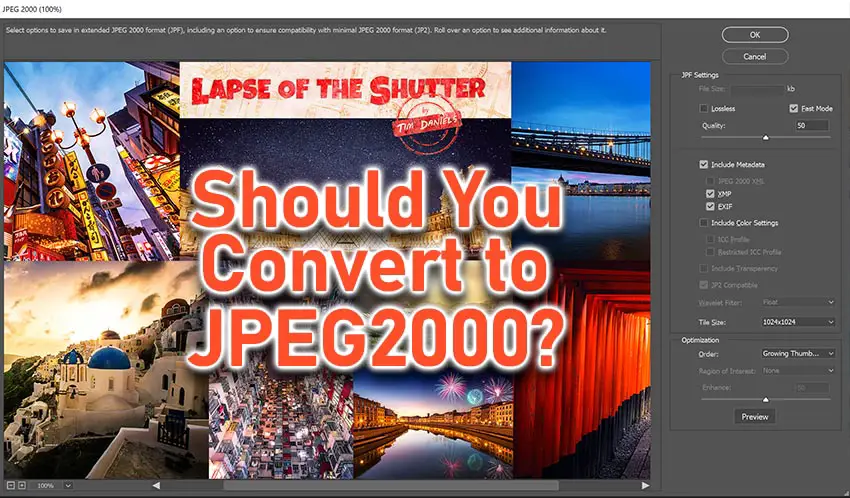
Comparing JPEG vs JPEG2000, even though JPEG2000 is a superior file format from every technical aspect, the lack of support kind of kills it.
Your edits will be more computationally demanding than what JPEG can offer, since JPEG from the get-go is lossy, and it is limited to 8 bits per channel. Cameras nowadays record up to 14 bits directly from the sensor. Combining exposures can reach up to 32 bits, but that is a very limited use case.
JPEG2000 will handle pretty much every photo you throw at it, no matter the technical aspects, but since it has been more than 20 years since it was introduced, and the support hasn’t really grown, it is quite risky to keep your final edits in JPEG2000 since you might not be able to open them in the future.
So, for web use, JPEG remains the king. However, for more advanced usage like high-quality prints or storing your final edits, you will be better off opting for a more powerful but supported file format like TIFF.
FAQs
What is the difference between JPEG, JPEG2000 and JPEG stereo?
JPEG stereo is two JPEG images shot side-by-side from eye-width distances apart, which gives a 3D-like image when viewed through a device like a Viewmaster. JPEG2000 is a more recent version of the JPEG format that offers larger bit depth and lossless compression, but never caught on within the industry.
Does JPEG2000 use lossy or lossless compression?
JPEG2000 uses both lossy and lossless compression, depending on your choices when saving your files, making it very useful for editing photos.
Read More:
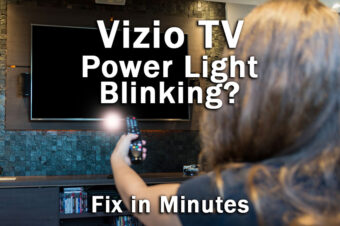

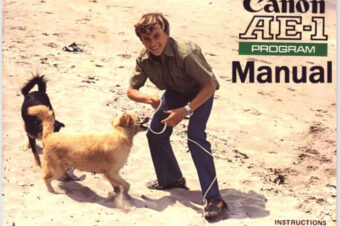
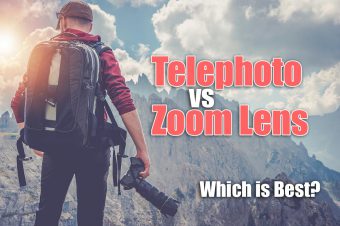
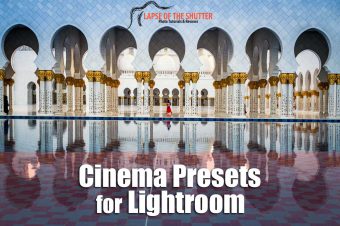
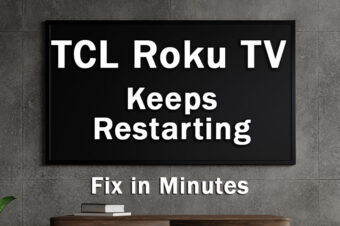
Leave a Reply